Red and blue.
Now we get into scary territory. Figuring out how to produce
color with minimal artifacts. 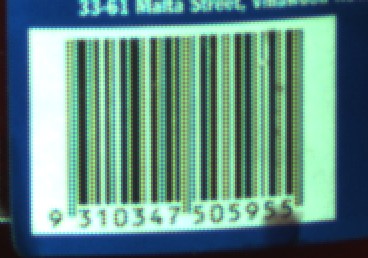
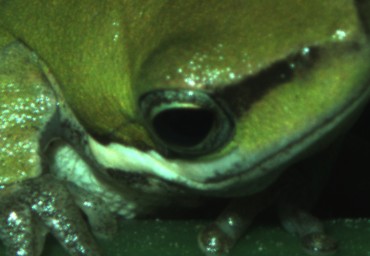
Here
is the example images used on the previous pages. The barcode is
enlarged by two. Both have had the simple linear interpolation
performed on them.
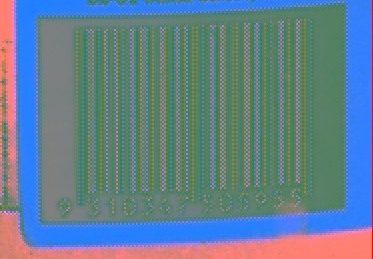
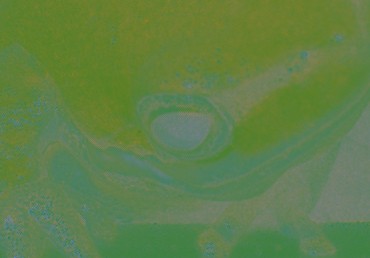
The
methods I want to play with involve extracting the color
information, enhancing the green layer and then adding the color
to the green. This assumes there is green information but this is
not always the case, so we have to cope with special cases. In
these images the chroma has been extracted from the RGB data and
stored as RG and BG ratios. This method will fall over if the
green value is zero and potentially produce noisy colors if the
green value is near zero. The bar code clearly shows the enemy.
If the system was perfect the barcode and surrounding white area
would show no chroma – IE the rectangle should be even gray.
The color artifacts are mainly caused by our crude interpolation
interpolating across edges. To complicate matters the optics
produce chromatic aberrations in places (color fringes) –
these might need to be removed first??.

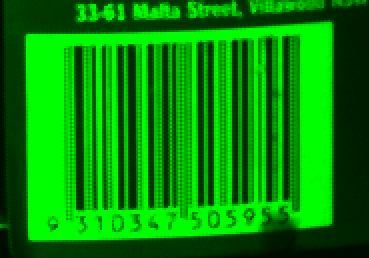
There
green layer has been slightly enhanced as described on the
previous page.

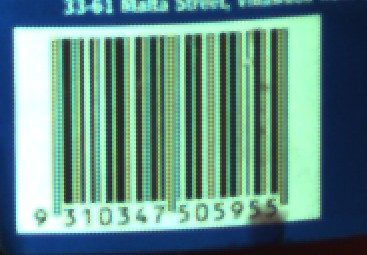
The left image is the same simple interpolation as above. The right image is the chroma and enhanced green layer recombined. It looks exactly as expected – a slight improvement in sharpness but little change in the color artifacts.
 My
first attempt at improving the above image was woeful but tonight
has been better.
My
first attempt at improving the above image was woeful but tonight
has been better.
My plan was to locate the edge
boundaries so I can avoid averaging across edges. This is quite a
task. The output of the edge/phase detector is shown here, yellow
means there is an edge to the left. Blue for right, red for down
and cyan for up. Don't expect too much in where the lines a
tight, there just isn't enough data to resolve it. My interest
the is in the boundaries around larger regions – in
particular the numbers. Things are getting ugly where blue turns
to black but it should be possible to handle these special cases.
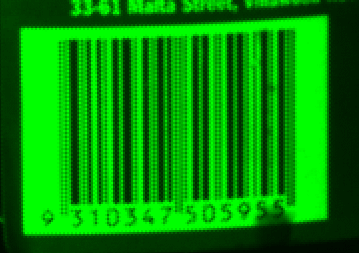
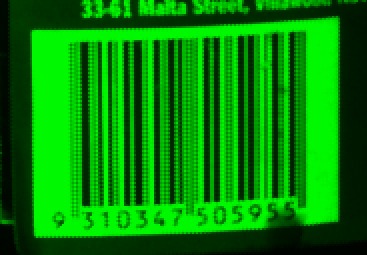
Now
having this edge data I can reprocess the green layer to avoid
averaging across edges. A simple blend is on the left and the
smarter blend is on the right. I think it is very promising. This
is a special case being a black and white region but I think this
method can be applied to much of the colored areas. This method
probably supersedes the weighted mean method on the previous
page. Perhaps I'm biased but I reckon this is easier to read - as
is text in other parts of the image which I haven't shown here.

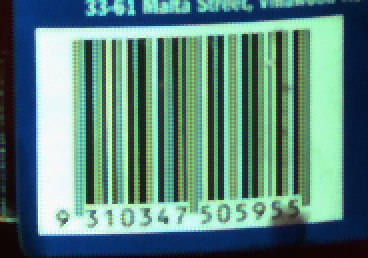
I've
also tried to use the edge data in the color interpolation. The
simple blend is on the left and the smarter one on the right.
This still needs work. My current code only knows about adjacent
edges but it need to also know about edges further away. This
could explain some of the color ghosting. My edge/phase detector
is having trouble at the blue/black edge and this is visible.
Bear in mind smoothing and sharpening filters can (and probably
will) be applied later. More deep thought required....